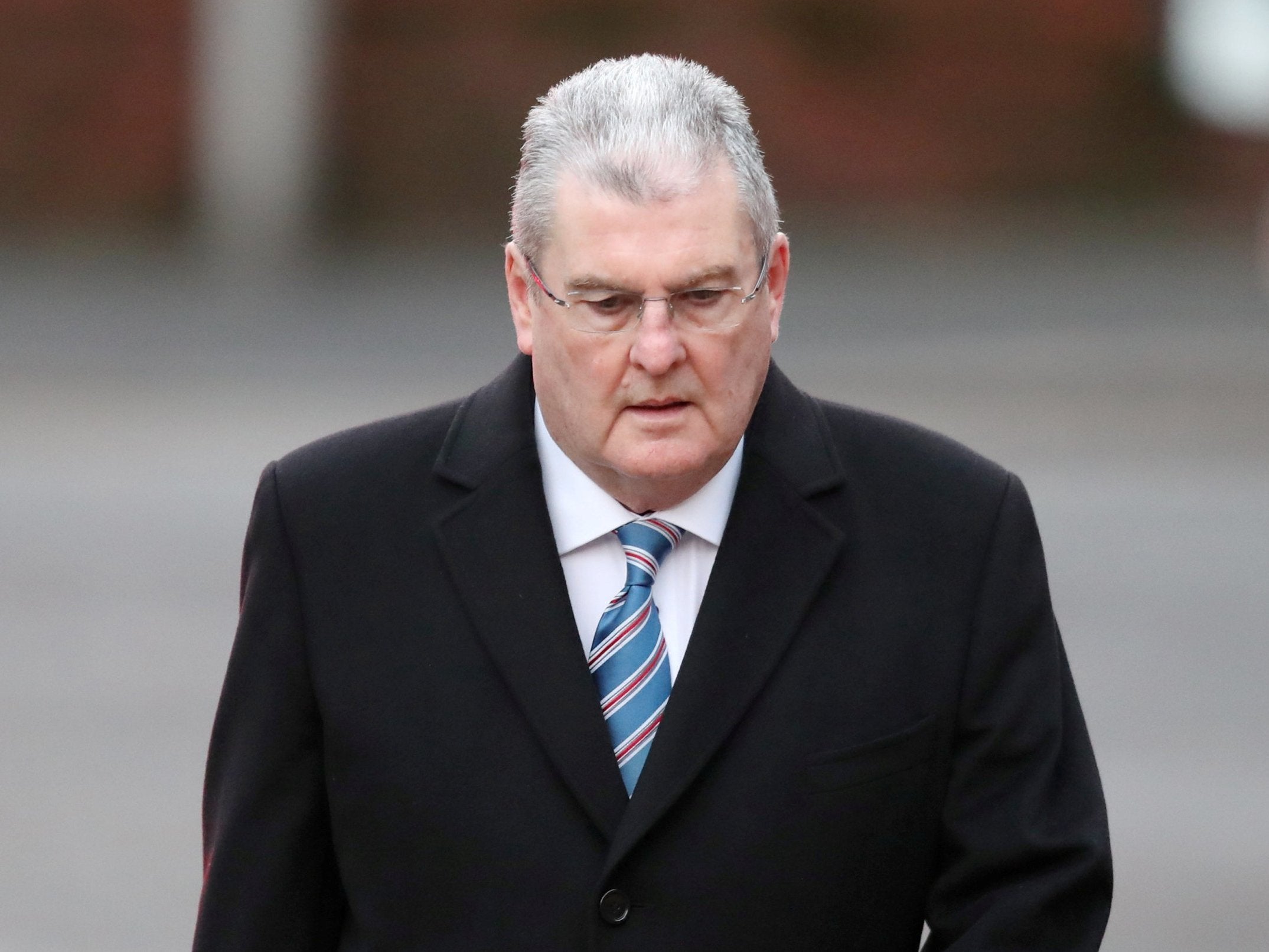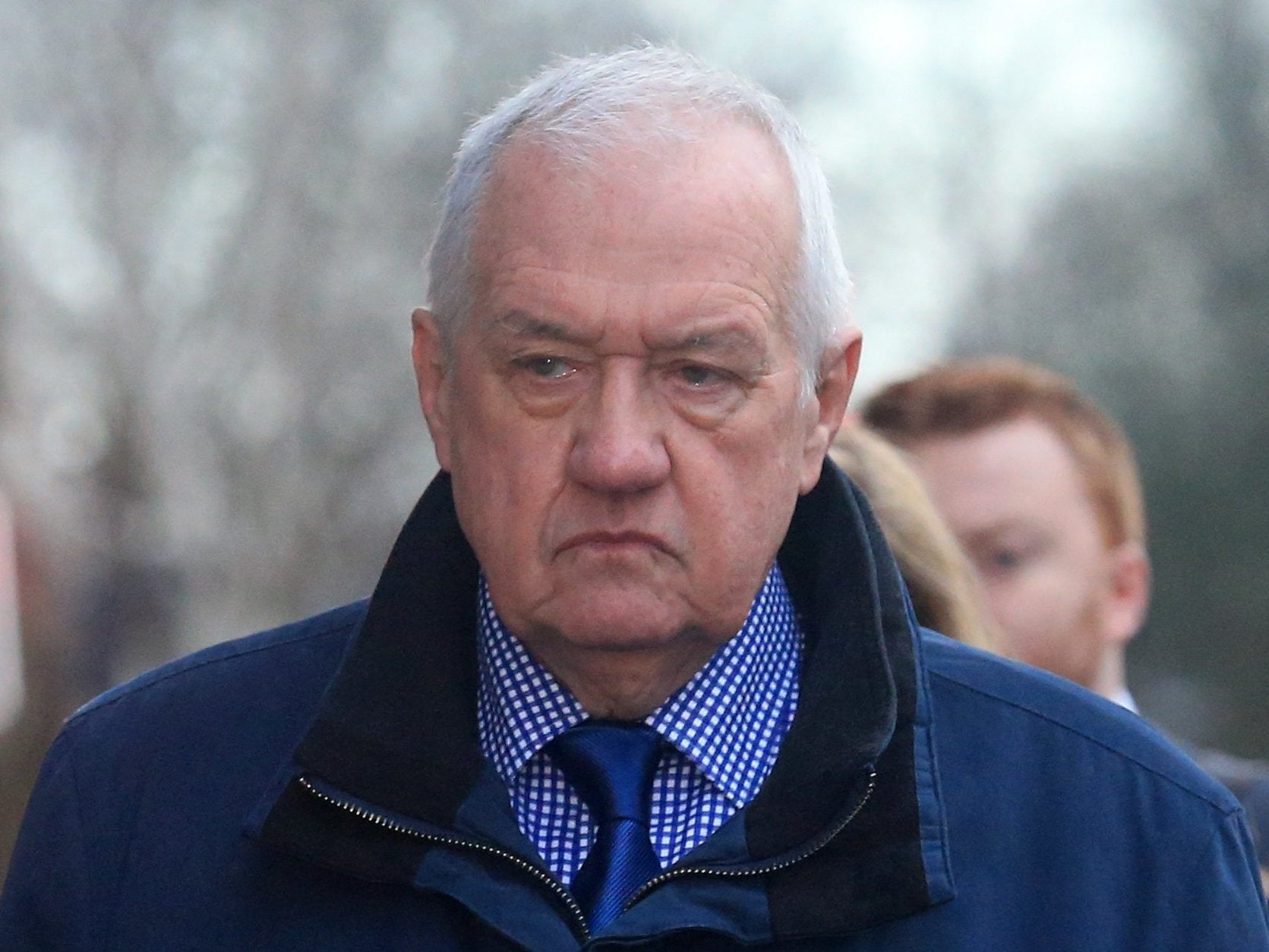Hillsborough trial: Not enough turnstiles opened for fans at stadium before disaster, court hears
‘I don’t believe there were sufficient turnstiles for the North Stand or for the West Terrace,’ says safety expert
Hillsborough did not have enough turnstiles for fans entering the terraces, a stadium safety expert told Preston Crown Court as the stadium disaster trial entered its fourth week.
Structural engineer John Cutlack gave evidence on Monday at the trial of match commander David Duckenfield, who is charged with gross negligence manslaughter of 95 Liverpool fans, and former Sheffield Wednesday club secretary Graham Mackrell, who is charged with health and safety offences.
The court heard there were seven turnstiles available for the 10,100 fans with tickets for the west terraces, where the fatal crush happened at the FA Cup semi-final on 15 April, 1989.
Mr Cutlack said: “I don’t believe there were sufficient turnstiles for the North Stand or for the West Terrace.”
The jury was also told that the Green Guide, which set out recommendations for stadium design, stated a ground should have enough turnstiles to get all fans into the ground at a maximum rate of 750 people per turnstile, per hour.
Mr Cutlack said: “In my experience, that was interpreted, by designers particularly, to mean that it was expected that the turnstiles would need to be of sufficient numbers that everybody could get into the ground in an hour.”
The safety expert said that for all of the fans to get into the Leppings Lane terraces the turnstiles would have needed to admit 1,443 people per hour.
The court also heard that many of the crush barriers in pens three and four of the terrace, including all of the barriers which collapsed or were deformed in the crush, were about 60 years old.

“We know they were about 60 years old because after the disaster somebody, I think from the Health and Safety Executive, found a rolled-up newspaper inside one of the top rails which dated back to 1931,” Mr Cutlack said.
The layout of the ground meant there was a bottleneck outside the Leppings Lane end where a “large number of people would need to enter through quite a restricted space,” he told the court.
On the day of the disaster an exit gate was opened to relieve crushing at the Leppings Lane turnstiles, allowing 2,600 fans to enter the stadium and make their way down the tunnel to the central pens, the jury in the trial has heard.

Last week, the court heard how the policing operation for the 1989 FA Cup semi-final was “chaos” compared to an identical fixture played at Sheffield Wednesday’s stadium a year before.
Liverpool fan David Essery said that in 1988 police officers had lined a road leading to the Leppings Lane turnstiles to check tickets and direct spectators to “orderly queues” at the correct entrance, but they were not there in 1989.
Former South Yorkshire Police chief superintendent Mr Duckenfield, 74, denies causing the deaths of 95 men, women and children at the match between Liverpool and Nottingham Forest.
Mr Mackrell, 69, who was the Sheffield Wednesday safety officer, denies breaching a condition of the ground’s safety certificate and failing to discharge a duty under the Health and Safety Act.
Under the law at the time, there can be no prosecution for the 96th victim, Tony Bland, as he died more than a year and a day after the disaster.
The trial continues.
Additional reporting by Press Association
Bookmark popover
Removed from bookmarks